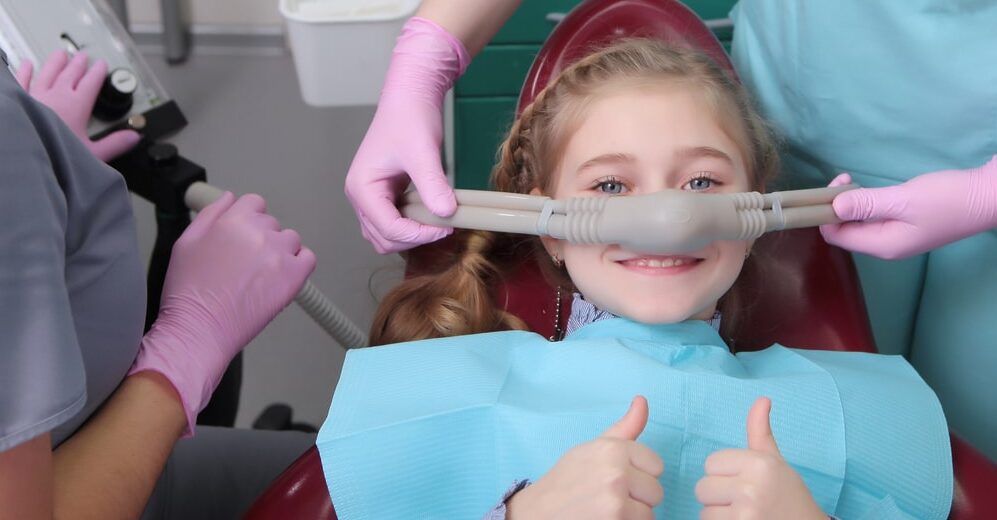In the western world, dental care is a big business. As a matter of fact, in Canada, the dental industry is estimated to be valued at an astonishing $17 billion, as of 2021. This trend is occurring in other countries around the globe as well. The need for this much attention to oral health has been facilitated by society’s increased awareness of its importance and many improvements in modern dentistry techniques, including sedation dentistry.
Sedation in Calgary has become a regular, run-of-the-mill procedure. Here are five facts about sedation dentistry you may not have known:
1) There are numerous kinds of sedation dentistry available
The most common form of tranquilization used during a dental procedure is mild oral sedation (also called “conscious” sedation). You remain awake and responsive your entire time in the chair, but you are relaxed and not as easily bothered by the sensations of the procedure.
This is helpful for people who have a low tolerance for pain or who are very nervous about dental care. Some sedation dentists use oral sedation, while others may employ either local anesthesia with intravenous conscious sedation (this combines an injection directly into an area being worked on with mild oral sedation) or general anesthesia, where the patient is unconscious throughout most or all of their appointment.
2) Sedation dentistry isn’t just for cleanings and checkups
Sedation techniques are often used in more complicated dental procedures such as root canals, implants, tooth whitening, tooth removal, oral surgery, gum disease treatment, cosmetic work (such as veneers), and even braces.
You may be surprised by the range of services offered at your local sedation dentist’s office!
Of course, these treatments require an extra level of expertise on the part of your dentist, so make sure you thoroughly research what they do before making any decisions. If you have a particularly unusual condition or need a specific procedure, make sure they have experience with it and that they’re willing to do what it takes for you to be happy.
3) You may need more than one visit
For some procedures, such as gum disease treatment or veneers, multiple appointments may be necessary so the dentist has enough time to work on your teeth without them becoming uncomfortable.
Unfortunately this is true for most treatments involving oral surgery, because there needs to be enough time between each session for healing; typically six weeks between visits is recommended. For regular cleanings and checkups, typically only one appointment per procedure is required. Although, this can most certainly change based on circumstance.
4) It is not for everyone
The sedation dentistry of the future will get more advanced, but it may never get to the point where it can be used on absolutely anyone.
Certain health conditions that you don’t even know you have (such as anemia or low blood pressure ) could make this treatment dangerous.
Other conditions, such as breathing problems, nervousness, panic disorders, claustrophobia, and pregnancy might render you unable to take advantage of this treatment. Of course, if your dentist finds any of these problems during your initial consultation they will let you know so there are no surprises on the day of your appointment.
5) It isn’t just for adults anymore
If your child has a health condition or disability, sedation dentistry may be an excellent way to make his/her dental treatments more comfortable. Of course, most children are too young to use oral sedatives so laughing gas is usually their go-to option.
Because of the way that some medications are metabolized in young children, it is critical that you work closely with your dentist to guarantee your child’s safety. Discuss any concerns you have about the procedure and your child so there are no unpleasant surprises for anyone involved.







